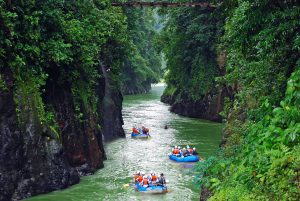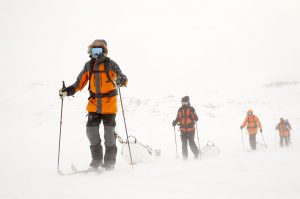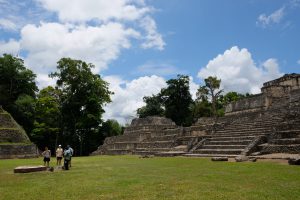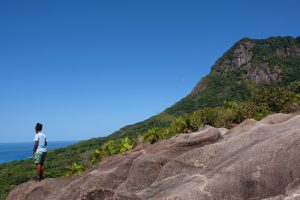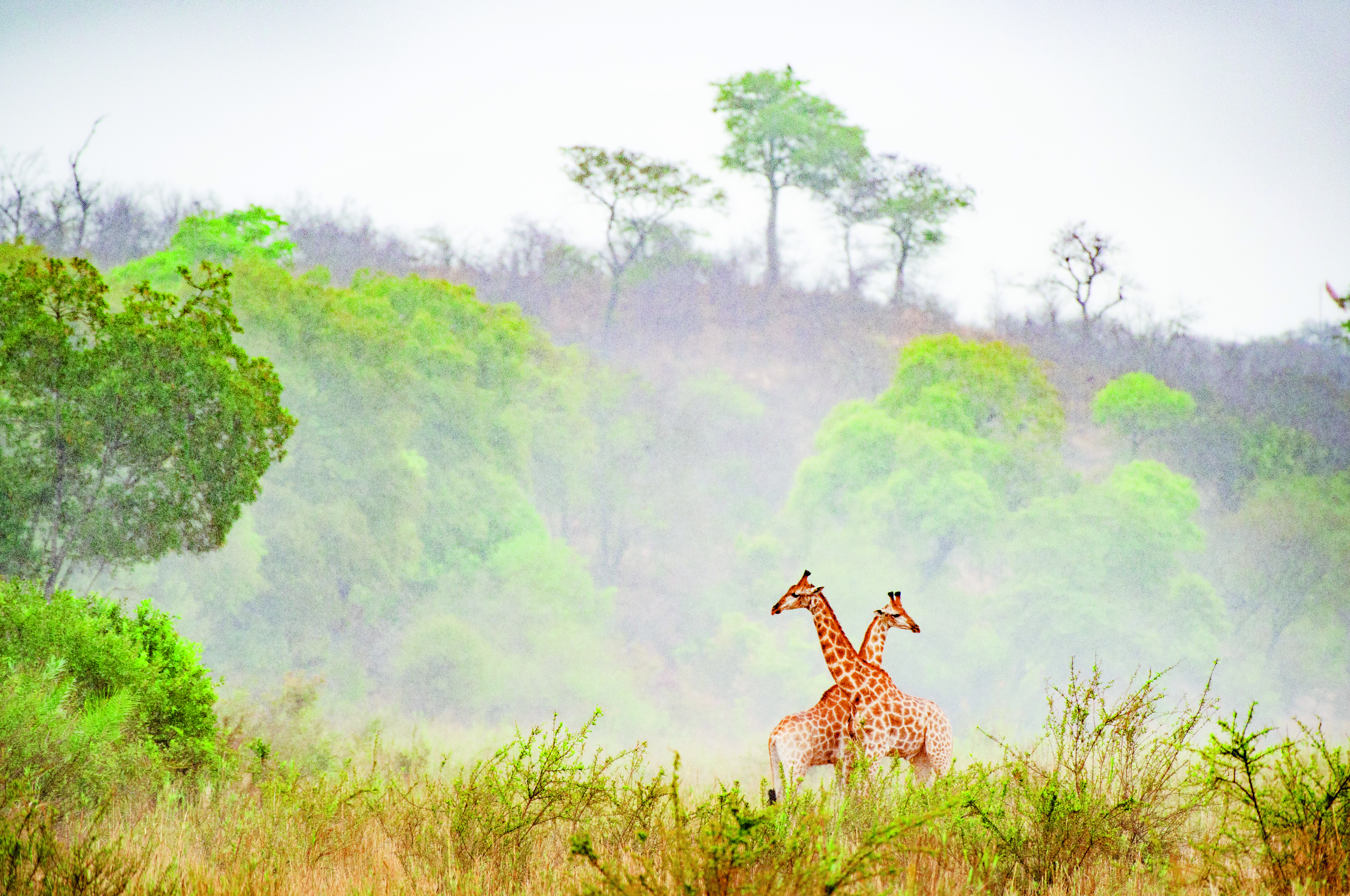
During the dry season, animals arrive from Kruger National Park to drink at the Sand River, near MalaMala Camp — where big cats lie in wait
We’re so close I can actually hear her panting. The leopard’s flank heaves, up and down, as she digests in the shade of an acacia tree. In the boughs above her, there’s a grisly scene: she’s dragged her kill, an impala with fantastical corkscrew horns, off the ground to protect it from hyenas. She seems unfazed that my safari guide, Bens Marimane, and I are sitting in an open-top jeep mere feet away. I admire her strong jaw; the ripple of lean muscles under fur; the way her rosettes meet between her shoulders and create a dark trail down her backbone. “I’ve watched her grow up,” Bens tells me quietly. He’s been a tracker and guide at MalaMala Camp in the Sabi Sand Game Reserve on the southwestern border of Kruger National Park for most of his career. He’s observed the area’s lions and leopards grow from tufty cubs to dominant adults, engage in territorial tussles, and navigate the minefield of mating and parenthood. They’re a big part
of his life: “Even when I’m on leave in my village nearby, I can hear the lions roaring in the bush,” Bens tells me.
It’s the peak of the dry season — the woodlands are yellow and thirsty, and the Sand River that cascades through MalaMala during the rains has evaporated. We meander along, spotting zebra, giraffe, elephant and countless skittish buck grazing on the high banks, as Bens looks for fresh paw prints on the ground. “During
the dry season, many species come from Kruger to drink at the remaining pools. It’s a buffet for the lions.”
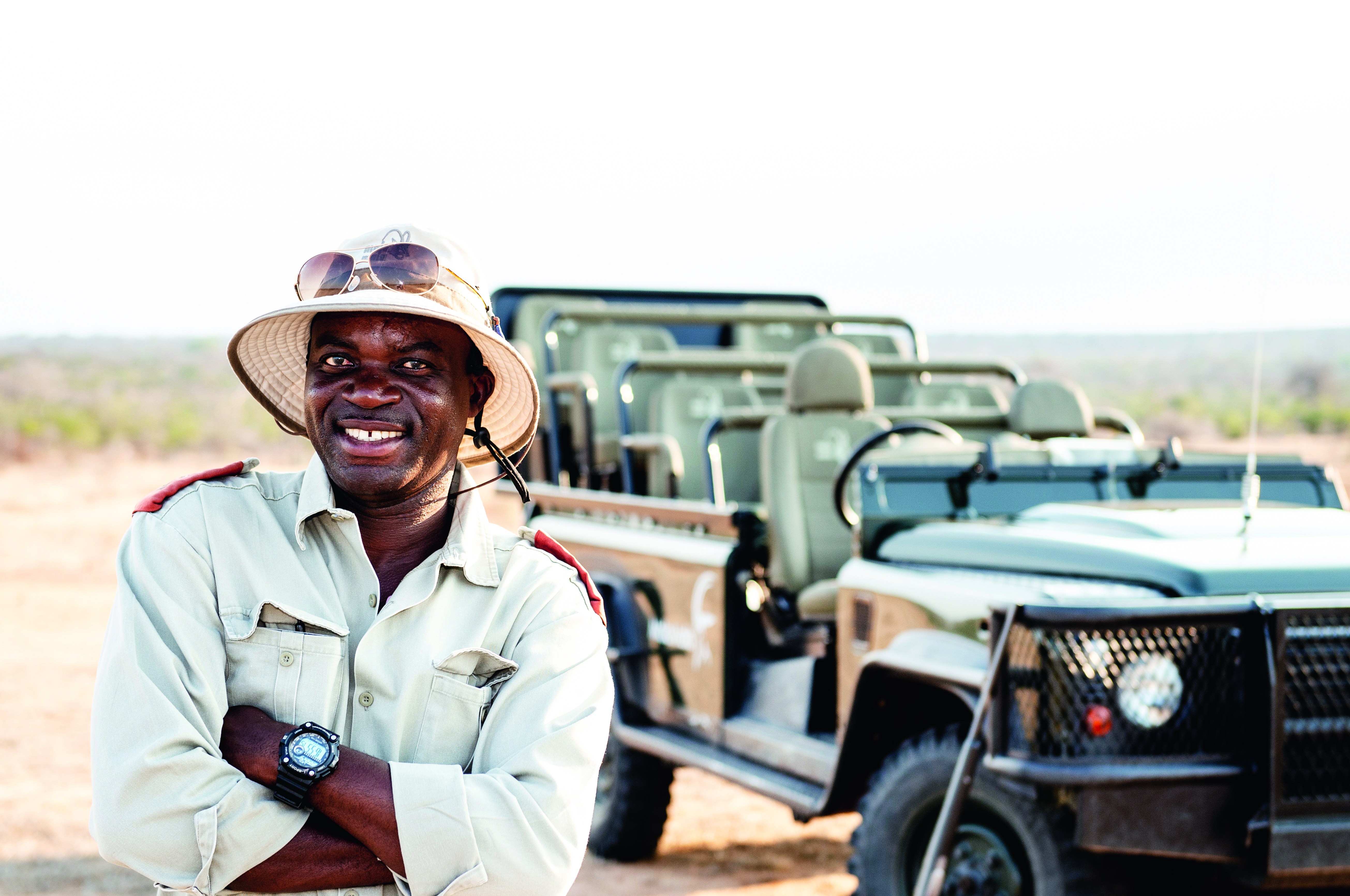
My first sighting is a fleeting glance of a gaggle of tiny cubs — no more than a month old, according to Bens — and their mother, half-hidden by the foliage surrounding their river den. And then, as we explore the far side of the river, driving through an otherworldly forest, blackened and bare from the seasonal drought, Bens spots something in the undergrowth. He takes the jeep into the brush, then kills the engine. Ahead is a lion tearing at the carcass of a nyala antelope. We’re so close I can hear his laboured breathing, the crunch of bone and rip of flesh. There are clotting wounds across his nose and above his eye from recent fights for dominance. He holds the kudu’s head in one massive paw and chews at its ear in a grotesque embrace. We hardly notice darkness fall; our cooler of sundowner drinks forgotten on the back seat. It’s thrilling to be so close to a predator, to witness his power. And it’s a visceral reminder of the bloody mechanics of the natural world. Eventually, Bens flicks on the headlights; it’s time to leave. “A game drive is so exciting,” Bens reflects, “because you never know what you’re going to see. Every day it’s something new.”





